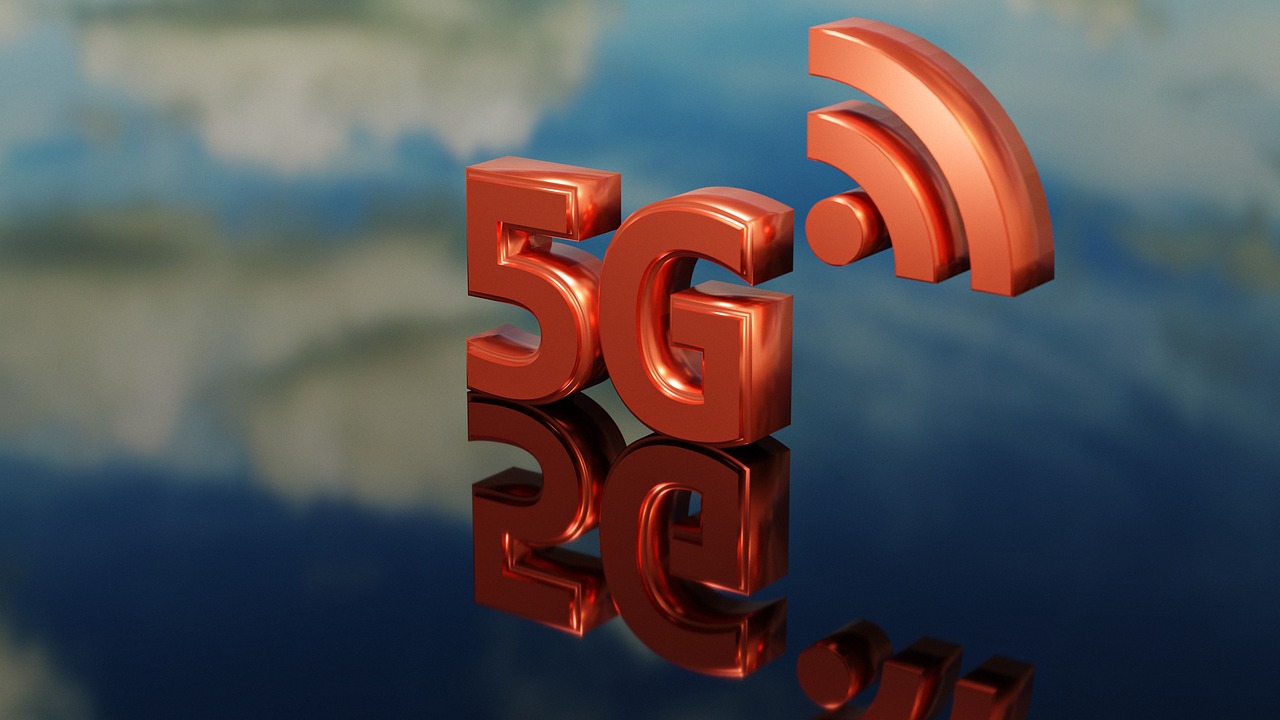India is one of the world\’s largest and most diverse markets for mobile communication. With over a billion mobile phone users, the country has seen remarkable growth in the telecom sector over the past few years. With the arrival of 5G technology, the Indian mobile industry is set to undergo a significant transformation. In this blog, we\’ll take a look at the transition from 4G to 5G in India and what it means for consumers and businesses alike.
What is 5G? 5G is the next-generation mobile communication technology that promises faster internet speeds, lower latency, and increased capacity. It is expected to be 100 times faster than 4G and offer download speeds of up to 20 gigabits per second (Gbps). 5G will not only enhance the mobile user experience but will also pave the way for new applications like autonomous vehicles, smart homes, and the Internet of Things (IoT).
Transition from 4G to 5G in India The transition from 4G to 5G in India has been slow due to several reasons, including the lack of infrastructure and spectrum availability. However, in recent years, the Indian government has taken several steps to accelerate the adoption of 5G technology in the country.
In 2018, the Department of Telecommunications (DoT) released a roadmap for the deployment of 5G technology in India. The plan included the auction of 5G spectrum in the 3.3-3.6 GHz band and the establishment of a test bed for 5G technology. The government also announced a 5G testbed in partnership with Ericsson, Nokia, and Samsung.
In 2019, the government approved the sale of 5G spectrum, which was expected to take place in early 2020. However, due to the COVID-19 pandemic, the auction was postponed. In 2021, the government announced that the auction would take place in March, but it was again postponed due to various reasons.
Benefits of 5G for consumers Once 5G is fully deployed in India, consumers can expect faster internet speeds, lower latency, and increased capacity. This means that they will be able to stream high-quality videos, play online games without buffering, and download large files quickly. Additionally, 5G will enable new applications like augmented reality (AR) and virtual reality (VR) that require high-speed internet and low latency.
Benefits of 5G for businesses 5G will also bring significant benefits to businesses. It will enable the use of IoT devices, which can help businesses monitor and manage their operations more efficiently. It will also enable the development of new applications like smart cities, autonomous vehicles, and remote healthcare. 5G will also pave the way for new business models like mobile edge computing, which can reduce latency and improve application performance.
Challenges in the transition from 4G to 5G The transition from 4G to 5G in India faces several challenges, including the lack of infrastructure, spectrum availability, and high cost. Additionally, the deployment of 5G requires significant investment in network infrastructure, which may not be feasible for all telecom operators.
Jio\’s approach Jio, owned by Reliance Industries, was launched in 2016 and quickly disrupted the Indian telecom market with its affordable data plans. Jio was the first telecom operator to launch 4G services in India and has since become the largest telecom operator in the country. Jio has been aggressively investing in 5G technology and is well-positioned to lead the transition from 4G to 5G in India.
Jio has already conducted several 5G trials in collaboration with equipment vendors like Samsung and Ericsson. In 2021, Jio partnered with Qualcomm to develop a 5G RAN (Radio Access Network) based on Open RAN architecture. This partnership aims to accelerate the development and deployment of 5G services in India.
Jio is also building its own 5G network infrastructure and has partnered with several technology companies like Google, Facebook, and Microsoft to develop new applications and services for its 5G network. Additionally, Jio has acquired several companies that specialize in 5G technology, including Radisys and Haptik.
Airtel\’s approach Airtel, India\’s second-largest telecom operator, has been investing heavily in 5G technology in recent years. Airtel has conducted several 5G trials in collaboration with equipment vendors like Ericsson and Nokia. In 2021, Airtel announced that it had successfully conducted a 5G trial in Hyderabad, becoming the first telecom operator in India to do so.
Airtel has also been working on developing its own 5G network infrastructure and has partnered with several technology companies like Intel, Cisco, and Nokia to develop new applications and services for its 5G network. Airtel has also acquired several companies that specialize in 5G technology, including Spectacom and Qualcomm.
Airtel has also been advocating for the government to release 5G spectrum at a reasonable price to ensure that all telecom operators can participate in the auction. Additionally, Airtel has been calling for a reduction in the taxes and levies imposed on the telecom sector to make it more financially viable for telecom operators to invest in 5G technology.
The transition from 4G to 5G in India is a slow process, but the government\’s efforts to accelerate the adoption of 5G technology in the country are commendable. Once fully deployed, 5G technology will bring significant benefits to consumers and businesses alike. However, the transition from 4G to 5G faces several challenges, which need to be addressed to ensure a smooth transition.
Jio and Airtel are both aggressively investing in 5G technology and are well-positioned to lead the transition from 4G to 5G in India. Jio\’s focus on building its own 5G network infrastructure and partnering with technology companies to develop new applications and services could give it a competitive edge in the 5G market. Airtel\’s successful 5G trials and partnerships with technology companies like Intel and Nokia could also help it to gain a foothold in the 5G market. However, both companies face challenges such as the lack of infrastructure and high cost in the transition from 4G to 5G. It remains to be seen how they will address these challenges and emerge as leaders in the 5G market in India.

